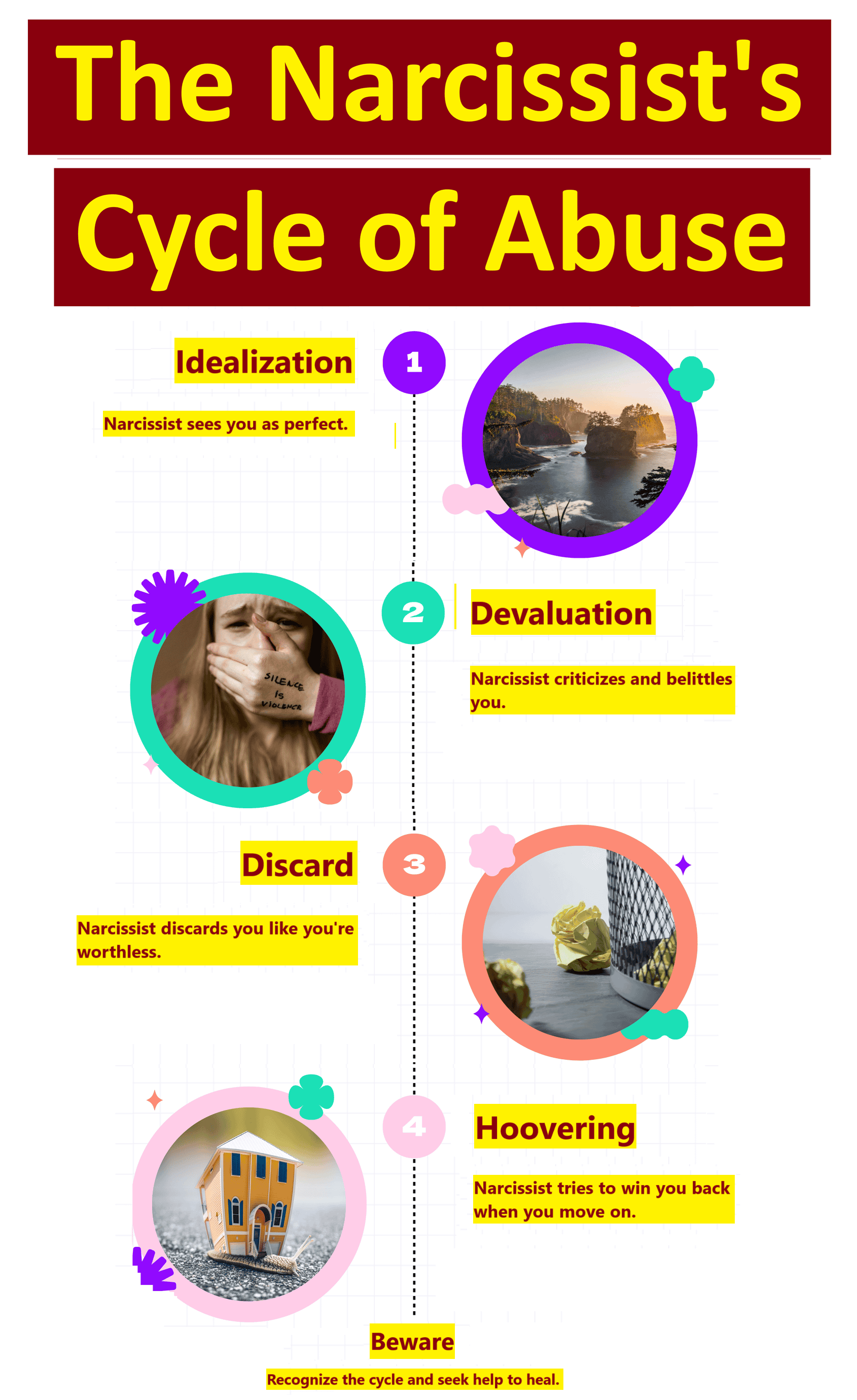Subtle narcissism, unlike overt narcissism, is more challenging to identify. It operates under the radar, masking true intentions behind seemingly benign behavior.
Subtle narcissists often destabilize their environments through manipulation, passive aggression, and a consistent need to control situations indirectly. Recognizing these cues helps in mitigating the potential harm and maintaining healthier interactions.
Non-Verbal Cues of Narcissism
1. Posture and Gestures
Narcissists often exhibit telling posture and gestures. A common sign is the consistent display of a rigid, upright posture, which can signify a sense of superiority.
You might also notice grandiose gestures, like exaggerated hand movements, aimed at drawing attention. They might invade your personal space without regard, signaling dominance.
Watch for frequent touching of items or people in a controlling manner, as they establish authority.
2. Facial Expressions and Eye Movements
Facial expressions and eye movements reveal much about a narcissist. A telltale sign is the “smirk,” a combination of a smile and a sneer, often used to convey a sense of superiority.
Notice their eyes; prolonged, unyielding eye contact can be a power play, while frequent looking away might indicate boredom or disinterest in others.
Expressions of feigned surprise or exaggerated shock often manipulate or control the conversation dynamics. Additionally, raised eyebrows when someone else speaks can signify condescension.
Watch for these subtle cues to decode narcissistic behavior, ensuring you can better navigate your interpersonal relationships.
3. Listening Behavior
Narcissists often exhibit poor listening skills. They might frequently interrupt, shift the focus back to themselves, or show disinterest when you’re speaking.
Instead of engaging in a two-way conversation, they dominate discussions, appearing distracted or disengaged when they are not the center of attention.
These cues can indicate their lack of empathy and self-centeredness.
4. Response to Attention and Compliments
When receiving praise, narcissists display a noticeable sense of entitlement. They bask in compliments, often exaggerating their achievements and abilities.
Conversely, they might react negatively or dismissively to compliments directed at others, indicating jealousy and a need for admiration.
Observing these reactions can reveal their underlying need for constant validation and superiority.
These non-verbal cues in interpersonal interactions offer key insights into narcissistic behaviors, aiding in the recognition and understanding of subtle narcissism.
5. Body Language During Conflict
During conflicts or disagreements, subtle narcissists may display defensive or aggressive body language. Watch for crossed arms, clenched fists, or sudden changes in posture, which can signal their discomfort and need to maintain control.
These non-verbal cues in interpersonal interactions offer key insights into narcissistic behaviors, aiding in the recognition and understanding of subtle narcissism.
6. Tone of Voice
Narcissists often use a condescending or patronizing tone when speaking to others. This tone can be subtle but is intended to undermine and belittle. Listen for a shift in their voice that suggests they are speaking down to you or others.
7. Smirking and Sneering
A narcissist’s facial expressions can reveal their true feelings. Smirking or sneering, especially in response to someone else’s misfortune or mistake, indicates a lack of empathy and a sense of superiority.
8. Overuse of “I” Statements
While discussing themselves, narcissists frequently use “I” statements to emphasize their importance. Phrases like “I did this” or “I achieved that” dominate their conversation, highlighting their self-centeredness.
9. Mirroring and Mimicking
To gain your trust, a subtle narcissist may mirror your behavior and mimic your mannerisms. This tactic creates a false sense of connection and similarity, making you more likely to let your guard down.
10. Physical Proximity and Space Invasion
Narcissists might invade personal space to assert dominance and control. Standing too close, hovering, or making you feel physically crowded can be a power play to make you feel uncomfortable and subordinate.
These additional non-verbal cues provide further insights into recognizing subtle narcissistic behavior, helping you navigate and manage interactions more effectively.
Context Matters: When to Be Concerned
Normal vs. Narcissistic Behavior
In social settings, it’s normal for people to have varying levels of confidence and self-focus. Some may enjoy being the center of attention, while others prefer to listen quietly.
However, persistent patterns of dominating conversations, dismissing others’ opinions, and displaying a palpable lack of empathy suggest narcissistic tendencies.
For example, if someone consistently interrupts others and redirects conversations back to themselves, you might be dealing with subtle narcissism. Be concerned if these behaviors become a recurrent theme, impacting your relationship negatively.
Influence of Situational Factors
Situational factors play a significant role in identifying narcissism. In stress-free environments, subtle narcissistic cues might remain hidden, but during stressful or challenging situations, these traits often become more pronounced.
A narcissist under stress might belittle others to feel superior, or exhibit extreme defensiveness when criticized. If you notice someone consistently reacting negatively under pressure and manipulating situations to highlight their importance, these are red flags.
Context is essential; consistent patterns of such behavior, rather than isolated incidents, should raise concerns.
Final Thoughts
Recognizing subtle signs of narcissism through non-verbal cues can significantly enhance your understanding of interpersonal dynamics.
By paying close attention to behaviors like poor listening skills or entitlement, you can better navigate social interactions and protect your well-being.
Remember that patterns of dominating conversations and a lack of empathy are key indicators. Context matters too; stress can amplify narcissistic traits, making them more apparent.
Stay vigilant and trust your instincts when you notice consistent patterns of behavior. Identifying these cues early on can help you address potential issues and foster healthier relationships.




